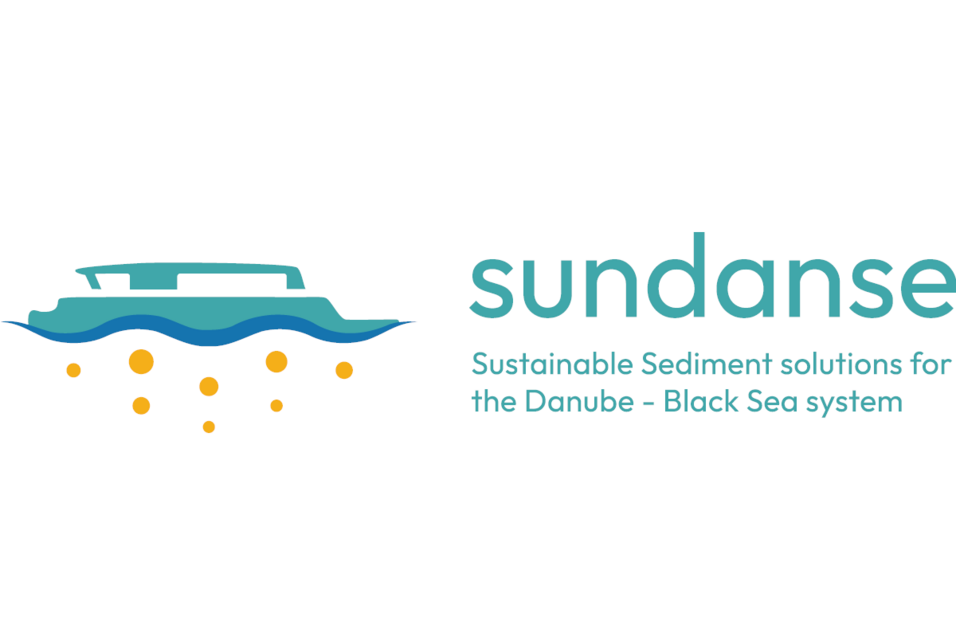- Regia Autonomă "Administrația Fluvială a Dunării de Jos" Galați - Romania,
- Eden Tech - France,
- Asociatia Romanian River Transport Cluster (RRT) - Romania,
- European Council of Transport Users (Conseil Europeen des Usagers des Transports) - Belgium,
- Ben-Gurion University of the Negev (BGU) - Israel,
- University of Novi Sad Faculty of Sciences - Serbia,
- University of Novi Sad Faculty of Technical Sciences - Serbia,
- Edentify Foundation MTÜ - Estonia,
- Eigen Vermogen Flanders Hydraulics (EVFH) - Belgium,
- National Administration Apele Romane - Romania,
- National Ecological Centre of Ukraine (NECU) - Ukraine,
- University of Vienna - Austria,
- Hydro Proiect Invest Srl - Romania,
- F6S Network Ireland Limited - Ireland,
- Danube Hydro-Meteorological Observatory (DHMO) - Ukraine,
- Marine Research SRL - Romania,
- Executive Agency for Exploration and Maintenance of the Danube River (EAEMDR) - Bulgaria,
- Javno Vodoprivredno Preduzece Vodevojvodine Novi Sad - Serbia,
- Pro Danube Management GmbH - Austria
In recent decades, the Danube River has faced increasing challenges from human interventions and climate change, disrupting its natural balance and posing risks to both ecosystems and communities. The EU-funded SUNDANSE project will address these issues head-on. Specifically, it will analyse and mitigate environmental impacts in the Danube River basin. Using advanced technology and innovative methodologies, the project will map critical sedimentation points, develop predictive models for sediment transport, and pioneer portable equipment for real-time analysis of microplastics and toxicity. By enhancing cooperation and governance across sectors, SUNDANSE strives to foster sustainable management practices that restore the Danube’s ecological health and resilience. The Danube River has played a vital role in supporting both human and animal life for centuries. Since the late 19th century, human interventions have significantly altered the natural flow of the river to optimize its utility. These interventions have included actions such as straightening the riverbed, constructing hydropower plants, collecting freshwater, establishing nuclear power plants, engaging in agriculture, and facilitating navigation. The combined effects of climate change and extensive river regulation have led to a significant disruption in the natural balance of sediment in the Danube River, increasing flood risks, altering hydropower production, decreasing navigability of the river, and affecting in biodiversity within the Danube Basin. SUNDANSE will: • carry out a conceptual Driver-Pressure-State-Impact-Response with multiple levels of analysis (catchment level, water body level, etc.) to understand and address environmental issues of the uniqueness of Danube river lighthouse • realize maps for observation of critical points for excessive sedimentation and/or excessive erosion, sediment transport and flow restoration • perform innovative actions of measurements using cutting-edge portable on-vessel equipment prototypes for the direct analysis of microplastics and toxicity • achieve an advance numerical prediction model of sediment transport process in the Danube River basin, to have a comprehensive overview of river dynamics • develop an Innovative Sediment Management Framework for enhanced and sustainable sediment management within the Danube River basin • produce an Action plan and Roadmap for associated regions to upscale demonstrated sustainable and effective solutions for sediment management • fulfil interconnections synergies with DanubeSediment and SIMONA projects and ICDPR initiatives • improve the trans - national and cross - sectorial cooperation, contributing to a better governance in region and to implementation of EU strategi
Want to analyze based on this project via our analysis tool? Analyze this project
Knowledge Gaps
Environmental fate and behavior of plastic
Degradation
Environmental effects and ecotoxicity
Monitoring and detection equipment
Models to predict toxicity

